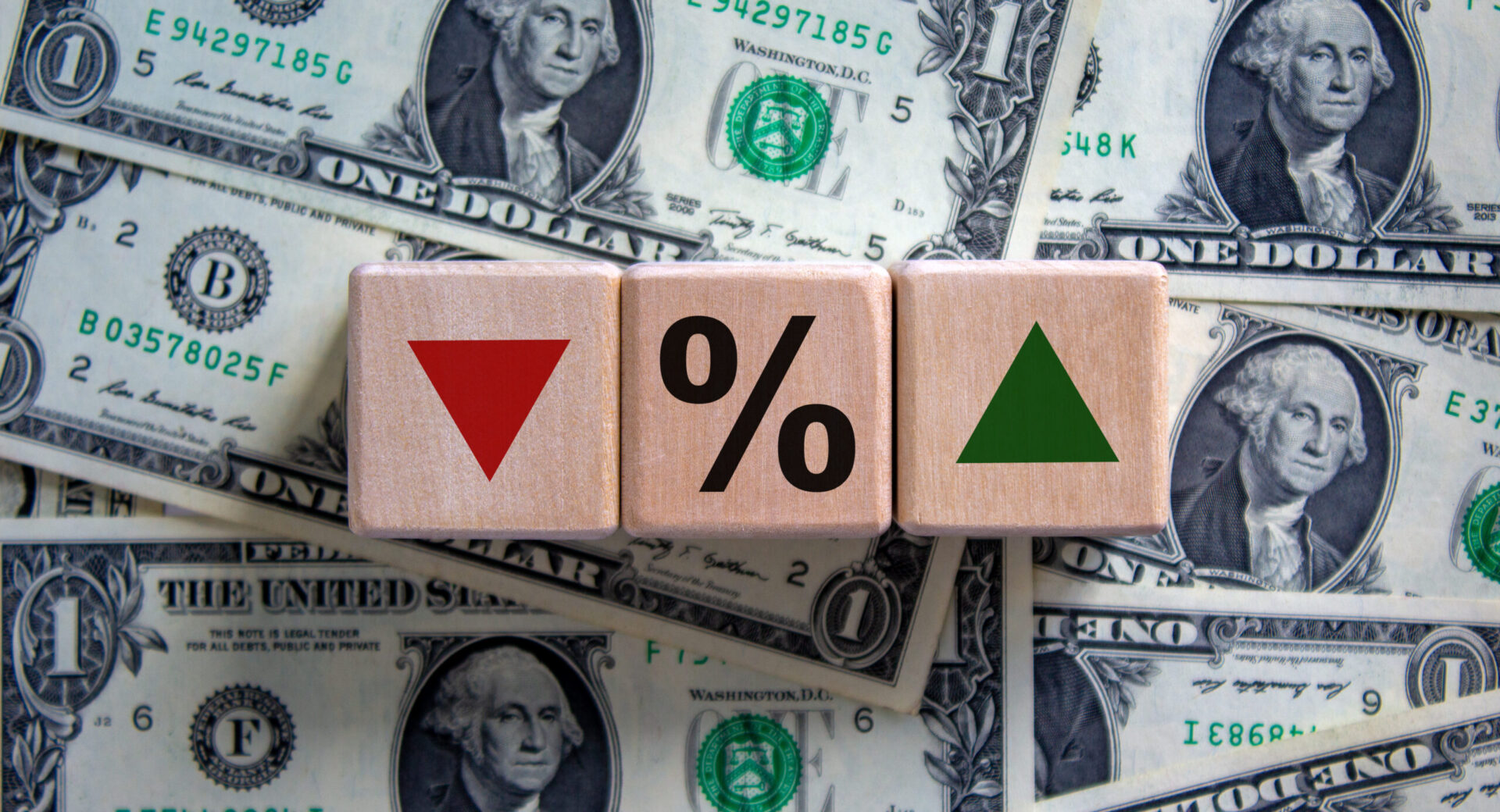Housing payments have surpassed the dreaded 30% cost-burdened threshold thanks to the 30-year fixed rate’s recent half-point jump.
Black Knight reports that it now costs $2,103 to make the principal and interest (P&I) payment on an average-priced home with a 20% downpayment.
That equates to 36.2% of the median household income and sinks affordability to its lowest level in more than 35 years.
Payments as a percentage of income are now higher than the previous record of 34.1% in July 2006, and significantly up from the long-term average of 25.1%.
The Department of Housing and Urban Development defines cost-burdened families as those “who pay more than 30% of their income for housing” and “may have difficulty affording necessities such as food, clothing, transportation, and medical care.”
Known as the 30-percent rule, this guideline stems from the Brooke amendment to the Housing and Urban Development Act of 1969, which capped public housing rent at 25% of a resident’s income. Congress raised it to 30% in 1981.
Black Knight’s data shows that of the 100 largest U.S. markets, 72 are at their lowest affordability since the company began this survey in 1995.
“The last time affordability was this low, in the mid-1980s, 30-year rates were at 12.9%,” they report.
“The average home price was equal to 3.5 years of median household income. In today’s environment, which relies more heavily on low interest rates, average home prices now equate to 6.4 years of median household income.”
Home prices have risen 8.7% just in Q1 2022, while mortgage rates have ballooned in response to the Federal Reserve’s 75-point rate hike last week. Monthly mortgage payments are 51% higher than a year ago and up 36% year to date.
The good news is that declining affordability is expected to help level out the housing market over time. Falling demand should lessen competition over the limited number of homes available, forcing prices to moderate. Home sellers are already slashing prices in order to attract cash-strapped buyers wary of committing to a high interest rate.
“We are already seeing signs of waning demand, and expect these recent rate hikes to quicken the market’s needed rebalancing,” said Zillow economist Nicole Bachaud.
“While shoppers will likely experience less competition for homes than the frenzied recent months, their purchasing power has dwindled.”
